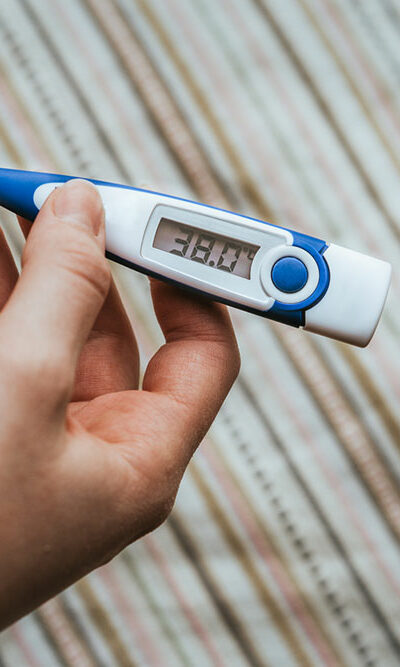
4 early signs of an overactive bladder
Overactive bladder or OAB is a condition that groups some urinary symptoms, pointing toward bladder problems. It is not a disease but a set of symptoms. For some people, the symptoms can get so severe that it affects their social and work life and sleep. The frequent bathroom breaks can also dent one’s confidence, making them feel isolated and lonely. Here are some signs to notice and management tips to follow. Signs and symptoms Some signs and symptoms, if mild, may seem like regular bowel movements. However, observing and recognizing irregularities is essential for early detection, treatment, and management. Here are some signs to notice: Urgency to urinate Having a frequent urge to urinate is the most common and major symptom of OAB. The individual cannot ignore the strong and sudden urge to urinate; in fact, some people are afraid that there will be a leak if they do not use the bathroom immediately. Leaking urine Urge incontinence is another symptom. Under this, the urine may leak when there is a sudden urge to go to the bathroom. However, it is not to be confused with stress urinary incontinence. In Stress urinary incontinence, the person may leak urine during sneezing, laughing, or other physically strenuous activities. Urinate frequently Apart from the sudden urge to urinate, one may have to go to the bathroom frequently throughout the day. Experts suggest that going to the bathroom more than eight times daily is “frequent urination.” Waking up at night due to urgency If someone has to wake up at night in the middle of sleep, more than once, to relieve themselves, then it may point towards OAB. Management tips There are several treatment options for OAB, which may work for different individuals. Lifestyle changes can help control frequent urination. One of these changes is to limit the intake of certain foods and drinks that may irritate the bladder.










